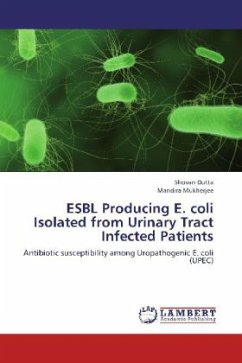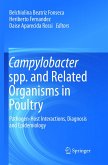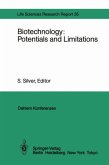Gene cloning for the production of recombinant DNA is usually performed with E. coli. There is, however, no doubt that gene cloning in organisms other than E. coli will assume a much more important role in the future: efficient cloning systems are needed for the analysis of gene expression and its regulation in eukaryotic cells, for the elucidation ofthe genetic mechanisms of transform a tion, and for the study of the genetic rearrangement during dif ferentiation and embryogenesis. Furthermore, optimal cloning systems will be required for practical applications in the near future: for the optimal production of antibiotics, amino acids, vitamins, enzymes etc. , for the expression of gene products under favorable energetic conditions for mass production, for the ex pression of glycolysated animal proteins, for the genetic manipu 'lation of plants -and in the more distant future, for gene therapy inman. The editors have therefore invited leading scientists to sum marize the present status and the future applicability of gene cloning systems in their fields of research. To ensure a complete coverage of a genetic system, the editors have generally asked two authors to cover one system. This volume is a frrst and unique account of our knowledge of cloning systems employing organisms other than E. coli such as B. subtilis, pseudomonas, neurospora, saccharomyces and streptomyces, as well as of vectors and selection procedures for animal and plant systems including the liposome technique. October 1981 P. R.








